On 27 January 1945, Soviet forces finally reached the gates of Auschwitz concentration camp. Though the Allies had liberated numerous concentration and extermination camps during their march across Europe, Auschwitz was the largest of such facilities. Of the approximately 3 million inmates, at least 1.1 million lost their lives within its walls.
In 2001, this date was chosen as Holocaust Memorial Day. A time to remember the horrors of the past and prevent them being repeated in the future.
Letters help us to understand the events and people that were part of this terrible moment in history. Most important of all, they ensure that we never forget the atrocities that occurred.
Ghettos
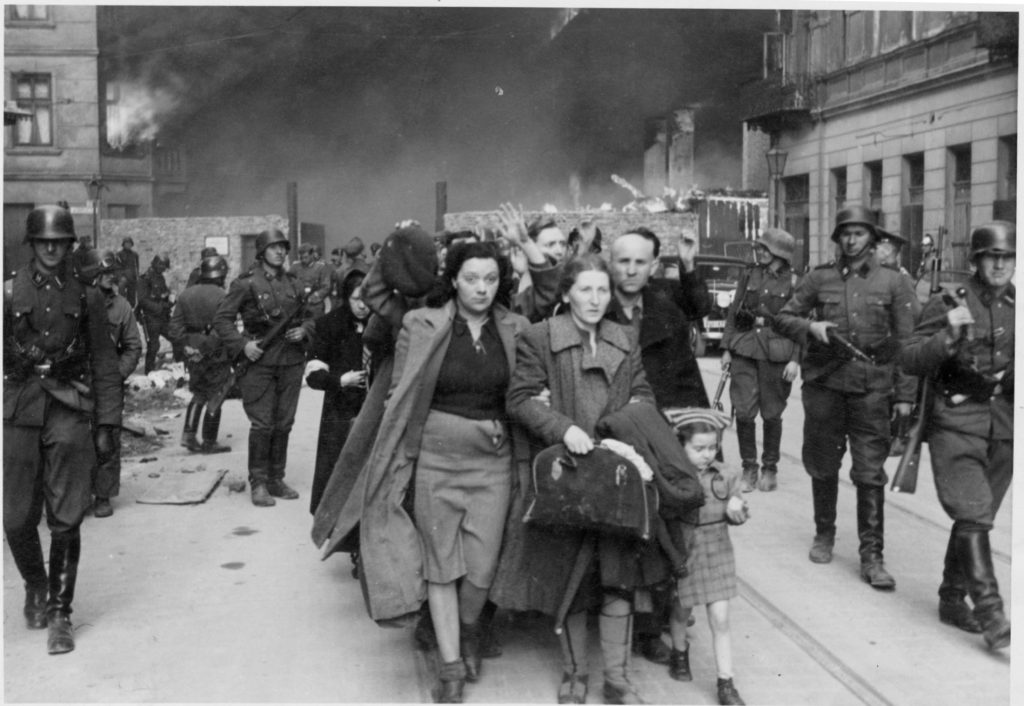
Image via Wikimedia Commons
From the moment they seized power in 1933, the Nazis sought to systematically cast out anyone they found objectionable.
When in public, Jewish citizens were forced to wear armbands with the Star of David to make their “otherness” clear. Soon, however, the mere presence of Jews in wider society was deemed unacceptable and measures were taken to physically remove them.
The invasion of Poland and the coming of war saw Jews expelled from their homes and forced to live in ghettos on the outskirts of towns and cities.
Living conditions were horrific. Writing to her old school teacher in 1942, Halina Szwambaum describes children being forced to wander the streets barefoot in the depths of winter. She found herself deafened by the “cries of people dying on the sidewalks.”
Halina longed for sanctuary. She placed postcards of famous landscapes on her wall and dreamed of grass meadows, of freedom.
Sadly, she never managed to escape. Halina died in the ghetto, aged just 22.
The streets of the ghetto sing a horrible, but wildly colorful tune—one has to know how to listen.
Halina Szwambaum
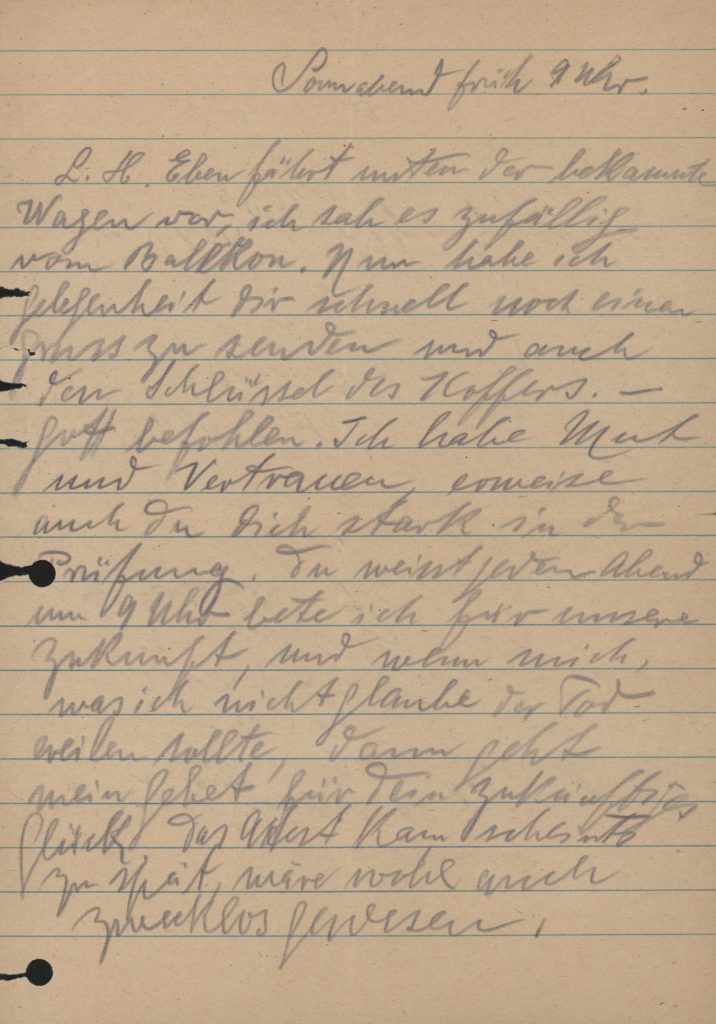
Otto Bendix (1878-1943) was placed in a slightly different ghetto than Halina.
Theresienstadt Ghetto in Czechoslovakia was a sort of holding area for Jews being transported to camps in the east. Residents tended to be older and some were notable writers and artists.
Otto entered Theresienstadt in October 1942. Just before being transported, he managed to write a final letter to his beloved wife. He asked her to stay strong for him. “Again, be strong and happy, with or without me, that is my strong wish.”
Otto died just a few months later.
Escape
Fearing what the future may hold, many plotted how they might evade their Nazi captures.
In 1942, a young Zbigniew Kelhoffer was living in Nazi-occupied Poland, unsure of what to do next. His wife was in hiding and he had three options: join her, flee the country or sign up to a forced labour battalion.
In a letter to his wife, it is clear that the uncertainty and isolation took its toll on Zbigniew.
He writes of feeling “lost and not needed”. He frequently mentions a sense of loneliness: “I feel alone in this world without anyone to give me a helping hand when I am drowning.”
Uncertainty is something many suffering under Nazi persecution had to endure. Never knowing when the next attack or round of deportations may come.
Though family issues made being with his wife difficult, Zbigniew eventually went into hiding also.
Both he and his wife survived.
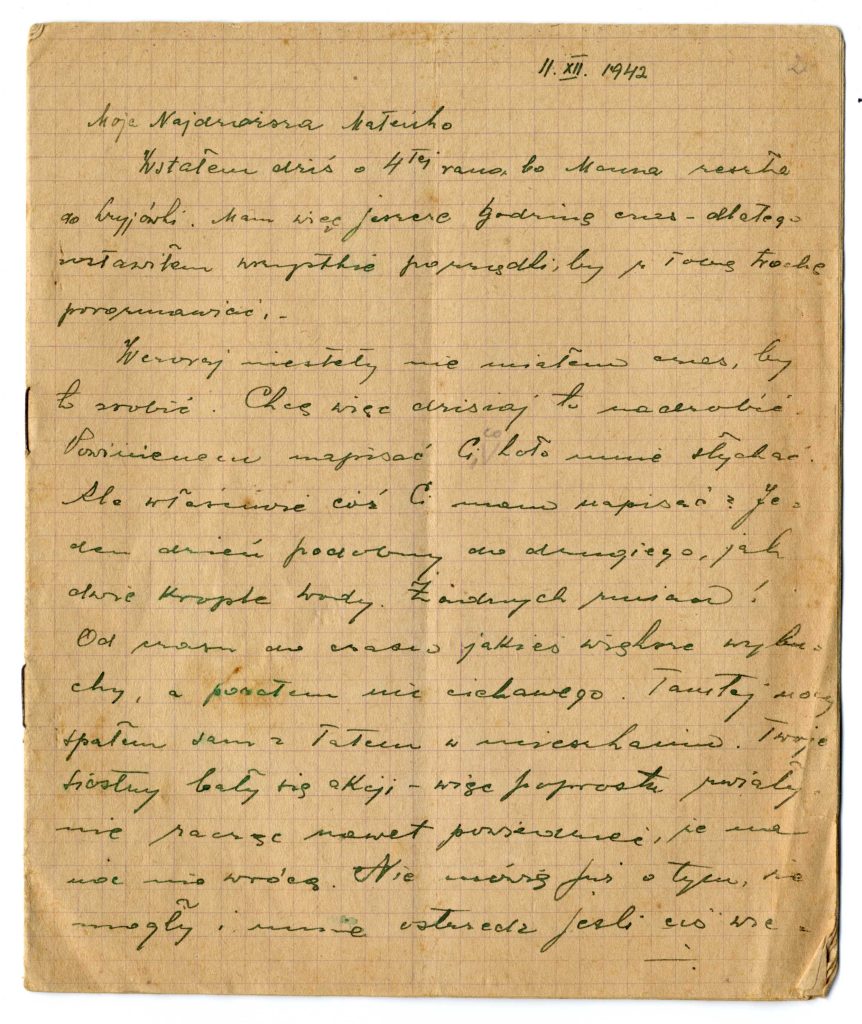
Camps
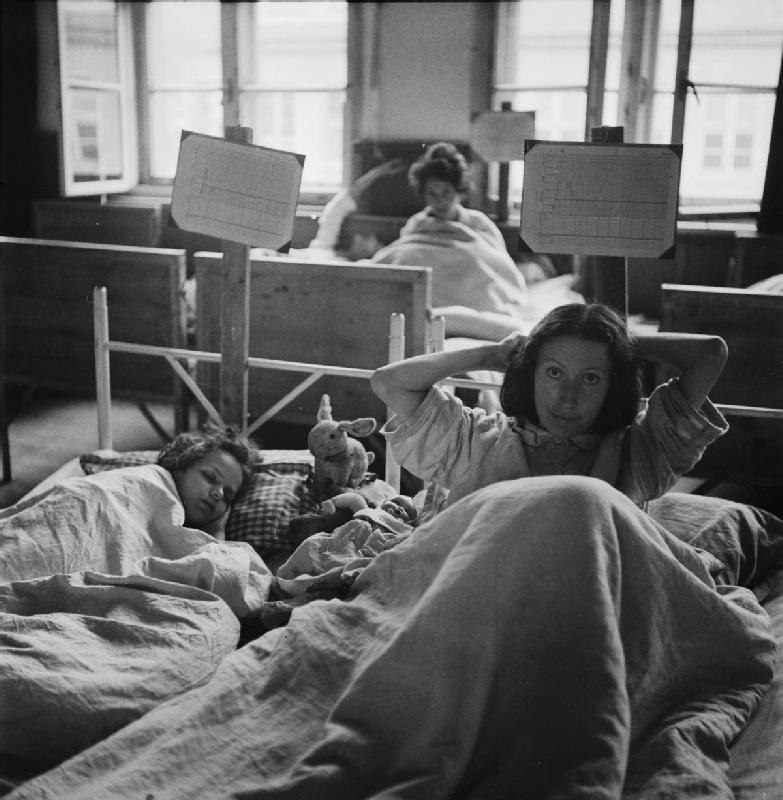
Image via WikimediaCommons.
From the moment Hitler became Chancellor in 1933, he established a network of concentration camps to imprison anyone deemed a threat to the regime. Many from the ghettos were transported to such facilities, forced into labour and given very little food or rest.
As time went on however, a new form of camp emerged. On 20 January 1942, several high-ranking Nazi officials met at a luxury villa in Wannsee, Berlin and agreed to the killing of all the Jews in Europe.
To facilitate this genocide, extermination camps were built across Nazi-held territories which allowed the Third Reich to murder on an industrial scale.
Aaron Eiferman, a member of the US 12th Armored Division, was part of the forces charged with liberating Dachau concentration camp in the spring of 1945. Writing home to his wife, Aaron was horrified by the piles of bodies littered throughout the camp. He referred to those who had survived as “the living dead” because of how gaunt and malnourished they were.
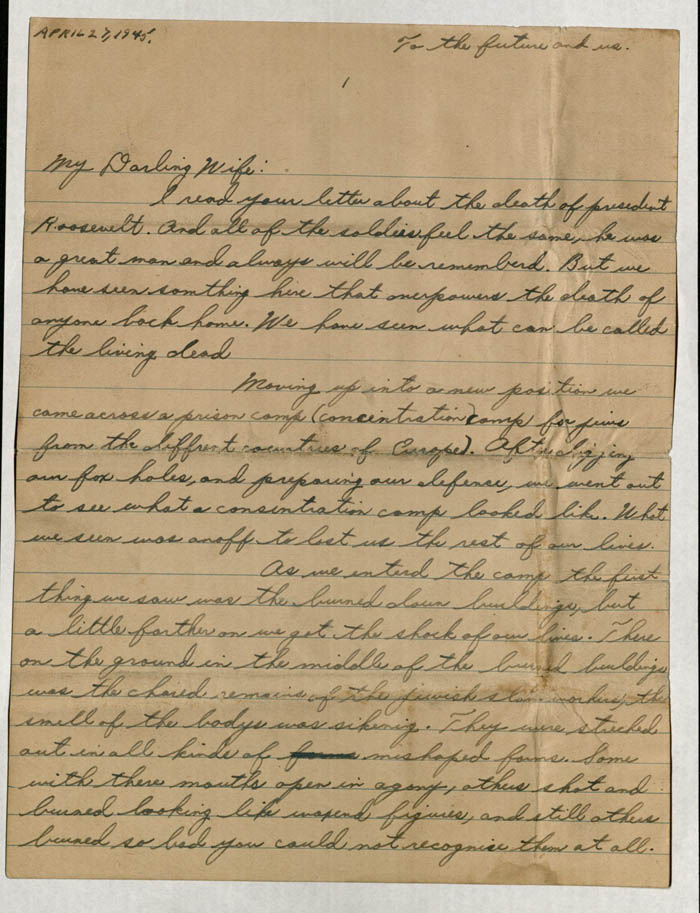
Arguably the most heartbreaking passage in this letter is the moment Aaron came face to face with one of the prisoners.
“He thought I was a German soldier and he looked at me as if to say please put me out of my misery please kill me and let me have some peace. But when I told him I was an American soldier and also Jewish, he grabbed my hand and started to kiss it.”
The young man Aaron encountered that day was saved, but many perished before help arrived. In total, the Nazis murdered over 10 million people that differed from their ideal.
Thanks to these letters – and many others – we can remember the victims of The Holocaust not just today, but always.
